|
with Kim Rodgers "That's good. That's bad."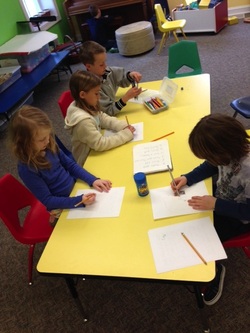 We took a break from our study of ancient civilizations to spend some time writing stories together. We played a game called “That’s good. That’s bad.” from a book called Games for Writing. I read the beginning of a story: “I went to the zoo yesterday. That’s good. I forgot to bring any money and couldn’t get in. That’s bad. I found a dollar bill on the sidewalk and used it for the admission fee. That’s good. I wanted to see the monkeys, but the monkey house was closed. That’s bad. The guard let me in anyway. That’s good. The biggest monkey threw a banana at me. That’s bad. I caught it in my right hand. That’s good. The banana was mushy and it got all over my hand. That’s bad.” 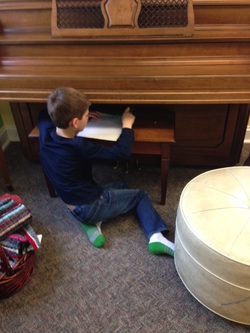 Together as a class we continued the story by playing the game. Each child rolled a die and added to the story based on what they rolled:
If they rolled a 1 they had to add one sentence to the story that steered it in a positive direction. If they rolled a 2 they steered it in a negative direction. If they rolled a 3 they had to add one of each. The kids laughed a lot and enjoyed seeing where our story went, each adding an interesting piece of information as we went along. Here’s how our story continued... 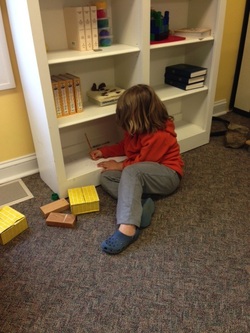 “There were no sinks. That’s bad. I tripped over a log and fell in a pond. That’s bad. I found a rowboat. That’s good. I went to the showers to clean off. That’s good. But when I got there they were closed. That’s bad. There was another shower that was open. That’s good. I went to the bathroom, but the seat was too big so I fell in. That’s bad. The bathroom door was locked so I couldn’t get out. That’s bad. All the other bathrooms were open because there was a skeleton in mine. That’s bad. I tried to get out the window, but the policemen thought I was a robber and took me to jail. That’s bad. They kept me there for 8 years. That’s bad. I went to a nearby park. That’s good.” 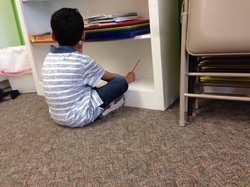 As you can see, the kids all have different writing personalities so the story took many different turns. We also had many “That’s bad.” numbers turn up. This character was having a very bad day! From here the kids each took time to write up to three sentences on their own to bring an ending to our story. We came back together again and shared the endings with each other. The students then paired up and did this same activity with a partner with a different beginning to start them off. They were so excited rolling the die, writing their addition to the story, and passing the paper back and forth. We will share our final stories with each other at the beginning of class next week. One of the goals of this activity is to have the students feel comfortable coming up with a story, writing it down without worrying about spelling (if they are ready for that), and sharing it with others. When playing a game like this it takes away some of the risk of story creating and sharing. They have fun enjoying the process with no pressure to uphold some sort of standard. Try playing the game at home as a family this week! with Rich Piscopo March 31 We began class by comparing and contrasting the various mental acts of knowing, realizing, believing, perceiving, and comprehending. After discussing the similarities and differences of each mental act, the class agreed they are all a part of the process of understanding, but none of them alone completes the process. As one student said about learning a foreign language, "I can comprehend part of what I learn, but I don't understand all of it." Another added to this by saying about math, "I can comprehend certain steps, but not understand it in its entirety." And yet another student nicely summed up what the others were discussing by saying, "In order to understand, your knowledge needs to be complete." The first student then said, "You think you understand, but you don't." Two of the students shared the perception that there is no absolute understanding. The facilitator asked if there was a point in time when one understands everything. Someone said, "Not for humans." Then someone else said, "Understanding applies to the moment, but not for all time." Another then said, "In order to understand, you need to understand all parts." Then, referring to the earlier comment about thinking we understand but then realizing we don't, the facilitator introduced the idea of thinking we understand a person, but then realizing we don't fully understand them. One student quickly replied, "You can't fully understand a person because we're always changing, learning, growing." Another then asked, "Do you understand yourself the most?" To which another replied, "I have no idea who I am!" This honest comment led to all expressing themselves with a flood of similar comments. How refreshing to hear that one knows that they do not know! Socrates said wisdom begins with puzzlement. So begins the journey to wisdom. Let Philosophy guide the way. April 7 We began class according to my plan this week and, in order to give us all a common foundation, I read an overall summary I had written about the connection between lying and inconsistency. Then, we turned to reading the new episode of Lisa, which contains this issue. Usually, I read aloud and the class silently reads along with copies of the episode. This time, however, the group said, "Let's act it out!" We then moved on to act out the episode with assigned parts for everyone -- but, lest you think we did not accomplish anything academically, or that the students were not paying attention, after acting out the episode, these are the issues that the students brought up for discussion: conflict, confrontation, drama, romance, lying (there it is!), friendship, trust, soap operas, and peer pressure! We had time left to only begin a discussion on lying, but this is what we covered thus far: One student stated that lying is intentional and deliberate. Another drove this point home by asking if it was possible to lie accidentally. He then suggested that being inconsistent has elements of hypocrisy about it. Picking up on this, someone else stated that we don't completely tell the truth when we're inconsistent. This is an excellent beginning, and we will address these points when we reconvene next week. The evidence I take away from today's great class is this: this group is creative and innovative and can have tons of fun and laugh a lot, and yet, when the time comes, they quickly focus and become disciplined, serious thinkers. In my experience, this capability to do both is extremely rare. with Leigh Ann Yoder Let the Games Begin!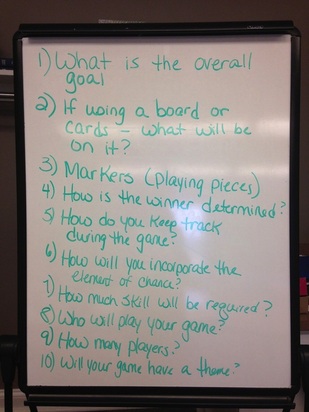 As you know, the students have been researching various types of engineering all semester. What we have discovered is that all engineering fields have something in common - mainly that engineers are creative problem solvers. We have been working a lot on problem solving, so this week we began a three week unit that will focus on creativity. Teams of two or three students are designing, prototyping and creating games. Today we began by listing questions that needed to be answered during the design phase:
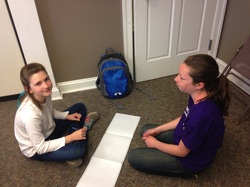 Teams then broke out to discuss and answer these questions. In addition, they began to prototype their games as well as decide what materials will be needed to create the final product. Each team needs to come prepared to class next week with any supplies they need to create their games. I told them what I will be providing, and they may email me to ask if I have specific supplies. Also, they will be required to write instructions, so they should be thinking about that as well. We will have two more weeks to complete this project. Next week students will work on creating the actual game and writing the instructions. The following class will be dedicated to sharing and playing the games. Some teams may need to communicate via email, Skype, or in person, in order to complete their game designs. Semester Projects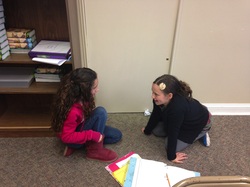 While the students were working today, I spoke briefly with each one of them regarding their semester projects. I handed back any work that had been submitted and provided each student with at least one article relating to their field. This can be used on their second panel. We again reviewed in detail the elements of the first two panels. I specifically told the students that the first two panels need to be completed by the end of April. We will need the entire month of May to work on the third panel. As a reminder here are the specifics: First Panel: Four main elements: Engineering Field, Why I Chose It?, Job Description (including the one paragraph general description), Research Paper or Interview Second Panel: Past-Present-Future consisting of articles, text, images, diagrams, etc., of engineering projects relevant to your field. Homework(1) Semester Project: You have only two weeks to complete the first two panels. You should be almost finished by the end of this week.
(2) Game Design: Continue planning your games. Communicate with your partner and have a plan in place to create the game next week. If you need any special supplies, make certain you have them or ask me. Draft your directions. (3) Story of Inventions (optional): Read chapter 12 with Michelle Cameron Online Journal Submissions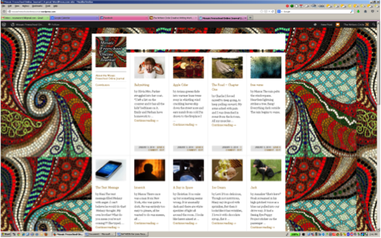 It’s hard to believe, but I’m almost done working with your kids. My last day will be May 5. Before our last day, we will put together an online journal. The journal will include only your child’s first name and age, so there are no worries about identifying them. But you will certainly be able to share the link to your child’s stories and poems with family and friends. We discussed today which story the writers are going to submit. This is what they came up with: · E – Crabzilla and (perhaps) Splatter · V – Sophie’s Adventures and a poem · OC – Pencil story and a poem · B – Zoo story and a poem · S – Clara · OO – Candle story · N – not certain yet · A – Heaven & Hell story · C – Pompeii The children may change their minds – but only until this Friday, when I would ask that everyone submit me their stories via email: mcameron@writerscircleworkshops.com. This will give me a chance to review their stories or poems and make some suggestions. So their homework this week is ONLY to finish, edit, and revise their submission so that it is as perfect as they can make it. It’s perfectly okay to have you look it over and help them through the revision process. Next Monday I’ll sit down with each one and review my suggestions. Then they’ll have a week to make those edits and re-submit. Today's Story Critiques Among the comments we made: · Make sure you spend enough time at the beginning of a story so that we root for the main character. · If a character is doing something dangerous, make sure they hesitate before doing it. · It’s great when you can give your reader enough clues to lead your reader – and even better when your clues make your readers doubt their conclusions. · Fables and allegories are lovely ways to tell a story. · Try to avoid using sentence tags, especially with adverbs – try and show how the character feels by explaining what their face looks like or their body is doing. National Poetry Month Because it is National Poetry Month, I shared a famous poem by William Wordsworth, “Daffodils.” Before we began, we talked about the line “A poet cannot help but be gay,” and of course they knew that Wordsworth did not have the contemporary meaning in mind. By discussing it first, I deflated any tittering when we got to that line. I then read the poem and the children circled words they didn’t know. We discussed the poem’s meaning and then defined the new vocabulary. Then we “exploded” the poem. First the children read it in a round-robin, each one taking 2-3 lines. Then I asked them to find lines that “spoke” to them, and we went around the circle three times, just voicing those lines. And – as they already knew I’d do – I asked them to write a poem or story that was inspired by one of the lines. Many of them chose to write poems, which did my heart good. As we talked through the poems, some of the issues that surfaced included: · The fact that poetry is compressed language, which means unnecessary words should be eliminated. This includes “prosy” words and full sentences. · That a slightly obscure poem can be clarified by the use of a great title. · That more description helps ground us in the poem (or story). HomeworkSee above. Please do make sure the kids email me their submissions by Friday afternoon!
with Sally Zeiner Let there be light!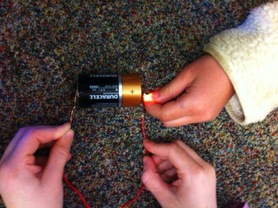 In our Exploring Physics class we continue to learn about stored chemical energy, atoms, and electrons. Our challenge this week was to use a C or D battery and a coated copper wire to light a light bulb. It is not as easy as it sounds! The children worked in small teams of two or three, working together to brainstorm, test their ideas, and try again. Though several of the children felt confident in the beginning that they knew exactly what to do -- and they were close -- they actually worked for 45 minutes before the first team discovered exactly what they had to do to light the bulb.
Infomercial Fun Student teams did a great job presenting their infomercials this week. The fallacy-o-meter was off the charts with a collective use of 32 total fallacies between the four teams that presented! Teams were judged on creativity, effectiveness, and total number of fallacies used. Team Kate-Denver came out on top, selling us on a stuffed animal pet that no kid can be without. Other teams peddled cell phones, bike helmets and whipped topping - all very effective and also humorous! Learning to identify commonly used fallacies such as hasty generalization, ad hominem, straw man, bandwagon, emotional appeal, etc. is an important skill to acquire. Advertising is an easily identifiable form of persuasion that is rife with the use of fallacies and false claims. Once you become familiar with the specific fallacy types, you'll find that you begin to see them everywhere! It becomes more difficult to identify clever and subtle fallacious arguments in political speeches, newspaper editorials, and discussion/debate. The goal is for students to develop a familiarity with these tactics and to practice fallacy-free persuasion in their own writing. Aristotle's Appeals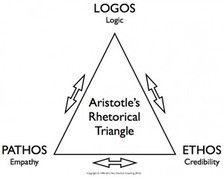 The Greek philosopher Aristotle divided the means of persuasion into three categories - Ethos, Pathos, Logos. We discussed the importance of incorporating all three appeals into a well-rounded and effective persuasive argument. Ethos - Appeal to Character, means convincing by the character of the author. We tend to believe people whom we respect. One of the central problems of argumentation is to project an impression to the reader that you are someone worth listening to; an authority on the topic, as well as someone who is likable and worthy of respect. This can be done by illustrating your knowledge of the topic - providing expert testimony, statistics, and facts. However, it is equally important to establish common ground with your audience. If you help the reader understand that you share a common end goal or belief ("We can certainly all agree that...."), they will be more likely to listen to your side of the argument and entertain your thesis. Pathos - Appeal to Emotion, means persuading by appealing to the reader's emotions. Emotional appeal can effectively be used to enhance an argument as long as you have presented a logically sound, factually supported argument. Emotional language can really engage the reader and help them to remember and act on the issue in question. One way to effectively and ethically incorporate an emotional appeal is to use vivid images in your argument. Another approach is to provide a personal anecdote or story that will resonate with the reader. But a note of caution - be sure to use emotional appeal legitimately. Emotional appeal should not be used to oversimplify a complex issue. Do not draw on stereotypes or manipulate the reader's emotional fear. Don't use emotional appeal merely for shock value. And never use emotionally charged language or examples simply to upset or anger the reader. Logos - Appeal to Reason, means persuading by the use of logic/reasoning. Aristotle considered this the most important technique and it should form the backbone of your persuasive argument. Using both deductive and inductive reasoning, you provide effective, persuasive reasoning to back up your claims. An appeal to logic is calm, based in facts and direct observation, and is swayed by evidence not passion. Incorporating the appeal to logic shows the reader that your position well though out, not simply based in personal belief or just an overall feeling about a topic. You support logical appeals with facts, statistics, and direct observations from credible sources. Homework I've set out a tall order for homework this week but I know these students are up to the challenge! They are all anxious to move into the debate phase of our class in a few weeks. To do so successfully, students will need to be able to take a topic and fully develop a persuasive argument. This requires researching a topic, analyzing both sides of the issue, developing a clear thesis, and organizing strong lines of argument. For homework this week students will consider this topic: Are wearable computers the next big technological innovation? Do you see yourself walking around with computerized glasses a few years from now, snapping pictures, sending messages or getting directions? Or is the hype and controversy misplaced?
Good Luck! Don't be overwhelmed - you've got this! with Ed Insel Photovoltaics Our current events team du jour started us off with some interesting topics that led us into gene sequencing, biotechnology, and aeronautics. We discussed the two papers the class read for homework: one on the nature of light (photon wave-particle duality) and the other on the photovoltaic effect (photons striking metal can knock an electron loose). We discussed concepts of “voltage” and electric fields, then used a digital meter to measure the voltage output of a variety of battery types. These important topics gave them the knowledge to begin our solar energy project. They each got a kit with several projects they can build. For this week, we just focused on assembling the photovoltaic unit. Everyone measured the output of their cells to make sure they’re working properly. They wanted to take their kits home – I don’t think they’re going to wait to start some solar engineering work! Homework for Next Session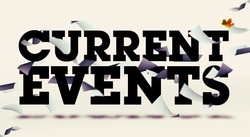 Our next current event volunteers should, as usual, choose a current social topic and be prepared to explain 1) the topic they chose and 2) the role that science plays in it. with Kim Rodgers More Mohenjo!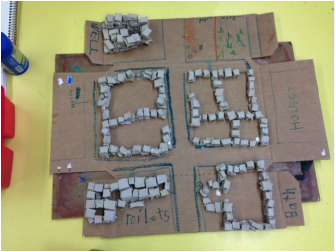 We started off class this week by discussing what we remembered about Mohenjo-Daro, filling in our students who couldn’t be with us last week. We looked through some of the photos of the ruins, noting aspects of the architecture and features of the buildings. We laid out our dried bricks from last week and went to work. Pairs of students created houses, a well, toilets, and a bath house. Using a blue marker we drew where the pipes might have come out of the buildings to lead to the sewers which ran underneath the streets. As the students created our own Mohenjo-Daro they asked great questions and discussed what life might have been like living in that area at that time. Because of that conversation, we added on farmland in one corner, realizing that we had to account for any food that they must have eaten! I had one more activity planned, but as usual, they were totally enveloped in this project, with many of them finishing up our last 10 minutes together working on their weaving. We had some leftover bricks that we may add on next week, depending on what their thoughts are about that. See you then! with Leigh Ann Yoder (& Ed Insel) Sorting it Out Thanks to Mr. Insel for covering for Ms. LA yesterday! All the teams completed their coin sorting machines and had their timed sort. During the timed sort teams were penalized 5 seconds for stuck coins and 5 seconds for mis-sorted coins. The final times were: Team 1: 4 minutes and 55 seconds Team 2: 4 minutes and 30 seconds Team 3: 2 minutes and 42 seconds Next week we will begin designing our games. I spoke with the students about this last week. They are to think about elements of games (non-electronic) that they like and be prepared to begin the design of their own game. HomeworkSemester Project:
The Story of Inventions (optional): Read Chapters 10 & 11 with Michelle Cameron Today's Story CritiquesWe got through only a portion of today’s stories. Among the comments we made:
Writing from ImagesToday I shared a number of strange and evocative images. Each student picked one. Several wanted to work from the same image. They were slow to get started with this one, and at one point I asked if they were struggling. They said they weren’t, but many of them confided that they preferred to originate their own stories rather than being “led” into one by imagery. We talked about the fact that doing so can be a good way out of writer’s block – which is generally not an issue these writers seem to have! HomeworkFor homework this time, they can:
Please do check that they are writing at least two pages a week. Some of them are starting to skate by with very short work, which isn’t really enough to improve their writing. See everyone next week! |
Categories
All
Archives
May 2016
|

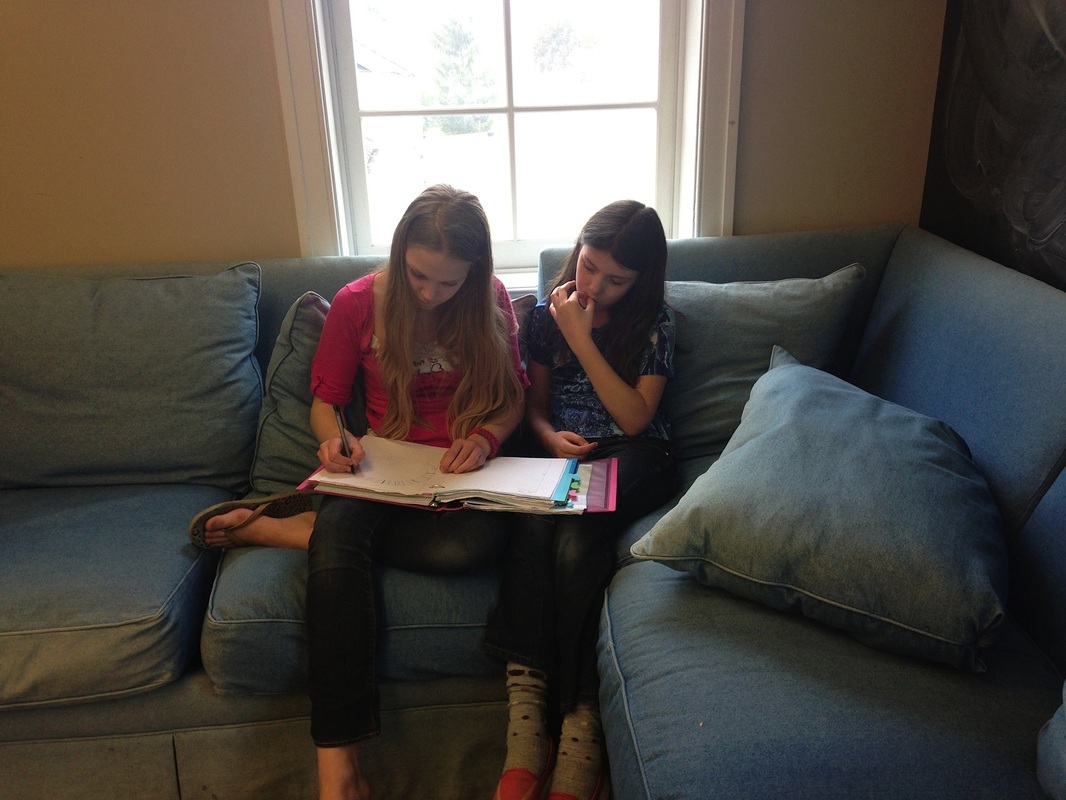
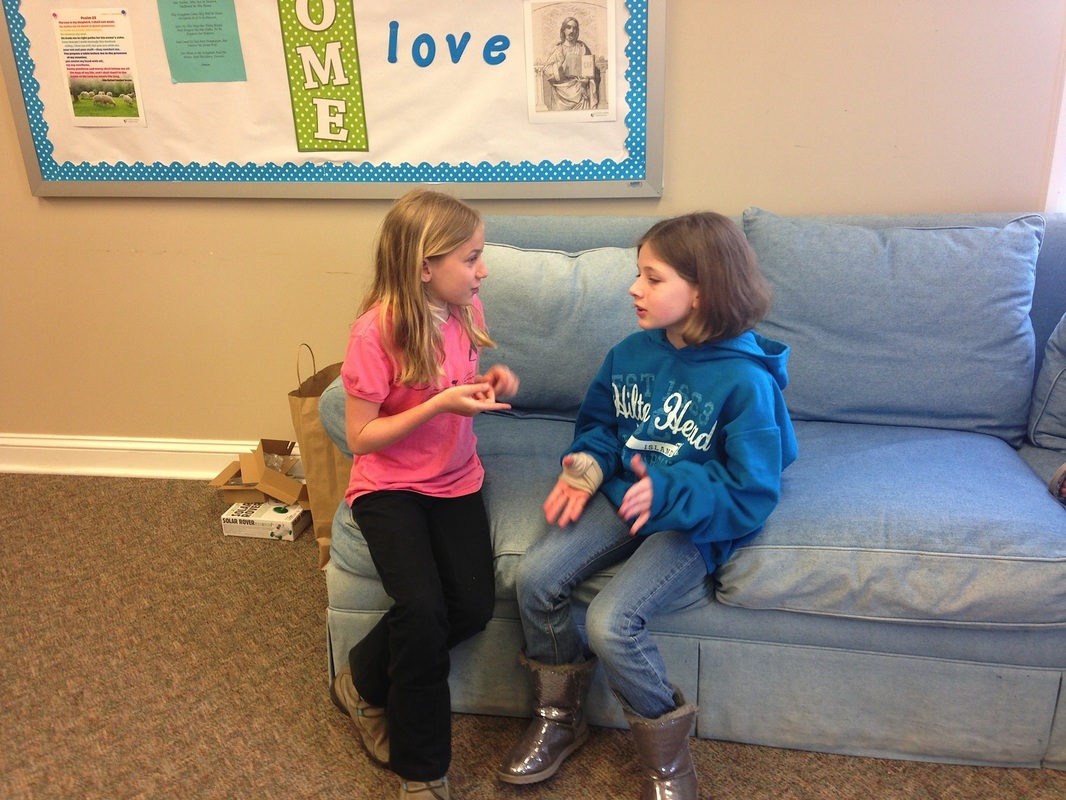
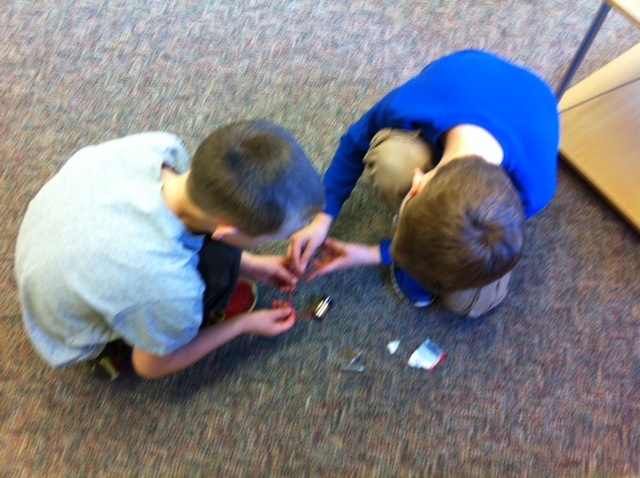
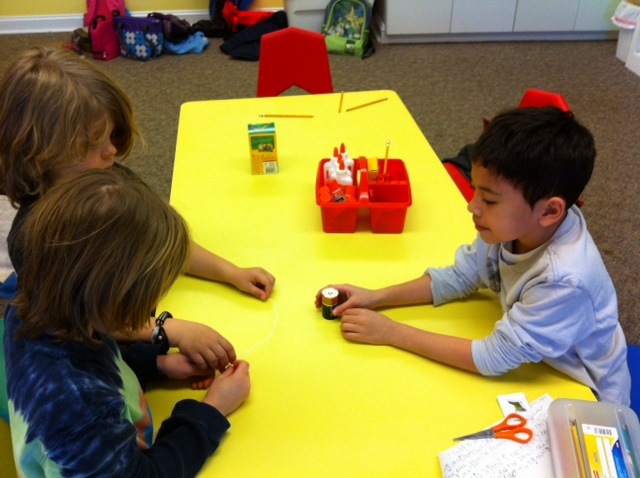
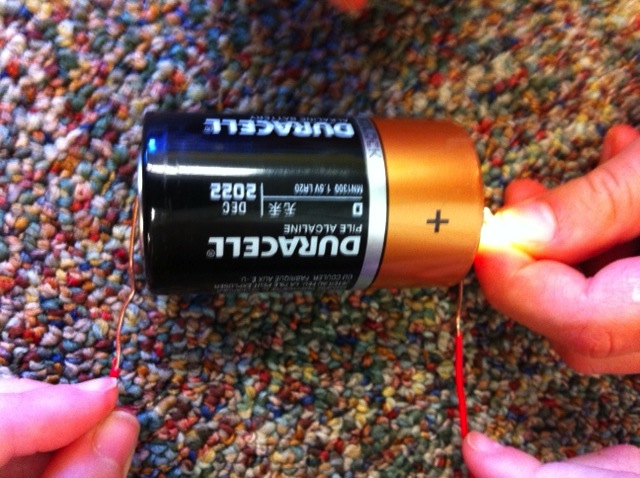




 RSS Feed
RSS Feed